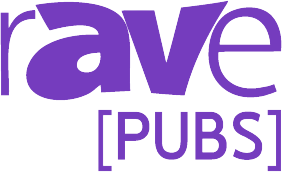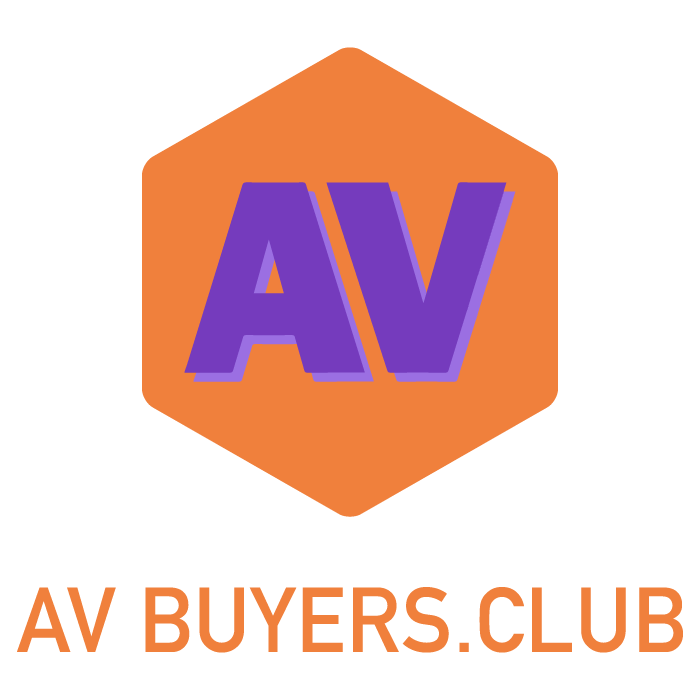Talkin’ ‘Bout a Revolution
 Having exorcized my political demons last month, I’m feeling much better, thank you very much. This month, I want to talk specifically to the readers out there who work for the end-user/owner organizations, without which none of us in the AV business would have a job. First of all, on behalf of the tens of thousands of people who make a living in pro AV, we thank you for your business. We really do, especially in these tough economic times. Now that we have that established, what say we start a little revolution.
Having exorcized my political demons last month, I’m feeling much better, thank you very much. This month, I want to talk specifically to the readers out there who work for the end-user/owner organizations, without which none of us in the AV business would have a job. First of all, on behalf of the tens of thousands of people who make a living in pro AV, we thank you for your business. We really do, especially in these tough economic times. Now that we have that established, what say we start a little revolution.
If you are reading this article and you work for a college or university, K-12 school district, corporation, government entity, museum, etc, then you are likely interested in and involved with sustainability on some level. Perhaps it is a personal passion for you regardless of your employer’s position on sustainability. Or perhaps you work for a green-minded organization that embraces LEED principles, incentivizes green behavior of its employees and is always looking for new ways to be a better steward of the environment. I suspect for many of you both are true. Regardless, there’s something wrong that needs some fixing if you are a) green minded and b) involved in technology but c) haven’t been entirely successful marrying these two worlds.
So here’s a thought: On your next technology project, put a sentence on the first page of the request for proposal (RFP) that states, “The owner is interested in pursuing a more sustainable plan for the design, integration and operation of its building technologies. As such, the selected technology firm will be responsible for administering the Sustainable Technology Environments Program (STEPSM) rating system process and obtaining at least a STEP Bronze rating for technologies encompassed by this RFP.” Bam! That just happened. Overnight, there would be a flurry of activity from consultants, integrators, manufacturers and programmers who both need your business to stay in business and need to learn about this whole STEP thing to comply with the RFP. Allen Weidman, STEP’s executive director, would quickly become a very busy man (not that he’s not already) with calls to the STEP Foundation asking how one can learn more about running a STEP project. There would be a big public outcry to create STEP accreditation courses. In short, things would get plum crazy in STEPville.
Why do I think this would happen? Because that’s exactly what happened with LEED. I saw it firsthand in my own backyard when big institutions like Emory University, Georgia Tech and the CDC committed to pursuing LEED certification for all of their projects and that a healthy percentage of the points to award the project would be based on a firm’s experience with LEED projects. The construction industry went nuts. It had to. Suddenly, firms were falling over themselves to “out-green” their competitor with marketing campaigns that promoted themselves as having more LEED APs than any other architect in the state; having built more square footage of LEED-certified projects than GC in the area; being the only firm on the shortlist who has completed a LEED Platinum project, etc. It was an amazing thing to witness and informed much of my drive to help create STEP.
So I’m calling on all you wounded souls out there, all you techies on a mission to move the needle at least a little toward a greener future, to rudely inject yourself into the RFP creation process and say, “It’s time we got our technology spend aligned with our overall sustainability goals, and I have a way we can do that.” You can explain to your organization’s chief sustainability officer, facilities staff and/or campus architects that LEED doesn’t deal with all those blinky lights in the building. It doesn’t deal with e-waste. It doesn’t address the potential carbon footprint reductions from the use of conferencing technologies (only bicycle technologies). And it doesn’t specifically address the process to deliver a smart and adaptive building.
Yes, there will be tough internal questions (“Is this going to cost us more?”) and external handwringing from those responding to the RFP (“We can’t put a fee on this until you tell us more about how far you want to go with STEP”), but we’ve got to start somewhere. There are already at least 10 STEP projects underway right now that are grappling with those very issues, so you won’t be the first. And these projects include university buildings, corporate offices, government/nonprofit facilities and performing arts centers, so there’s probably a peer institution out there you can reference and say, “Well, University X is doing STEP already. Why can’t we?”
 Yes, STEP is still in its infancy, and there is some risk in being the first on your block to engage a STEP project, but LEED had a period of infancy and uncertainty at some point too. Today, there are more than 100,000 commercial LEED registered and certified projects and nearly 200,000 professionals with some level of LEED accreditation. You know why all of that happened? RFPs, baby. RFPs.
Yes, STEP is still in its infancy, and there is some risk in being the first on your block to engage a STEP project, but LEED had a period of infancy and uncertainty at some point too. Today, there are more than 100,000 commercial LEED registered and certified projects and nearly 200,000 professionals with some level of LEED accreditation. You know why all of that happened? RFPs, baby. RFPs.
Scott Walker, CTS-D, LEED® AP, is president and CEO of Waveguide Consulting, a leading AV, IT and acoustical consulting firm. He is also a past president of InfoComm International. Scott is recognized as being one of the primary forces behind the founding of the Sustainable Technology Environments Program (STEP) rating system and currently is a member of the STEP Foundation board, which is responsible for managing the STEP program. Scott can be reached at swalker@waveguide.com


